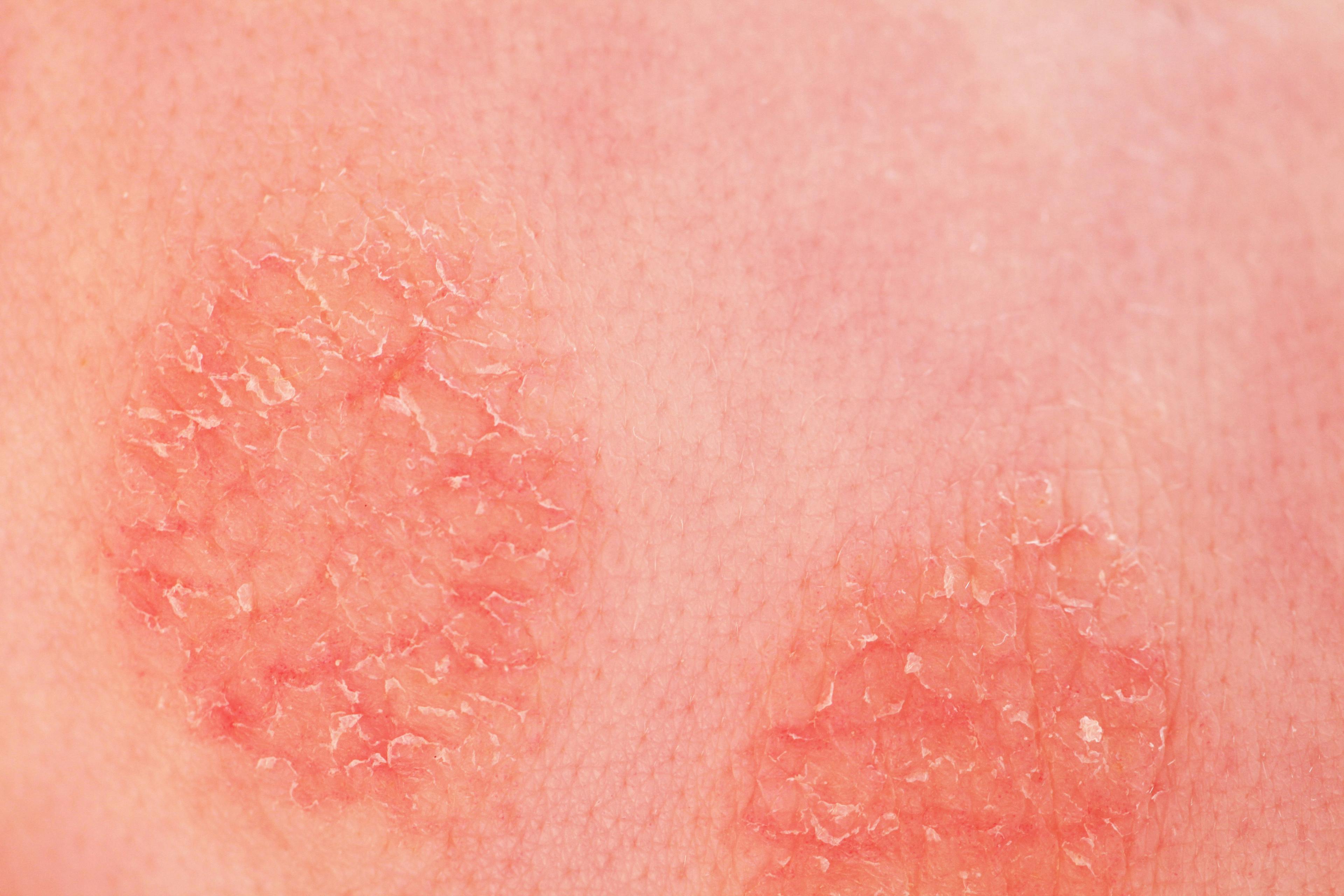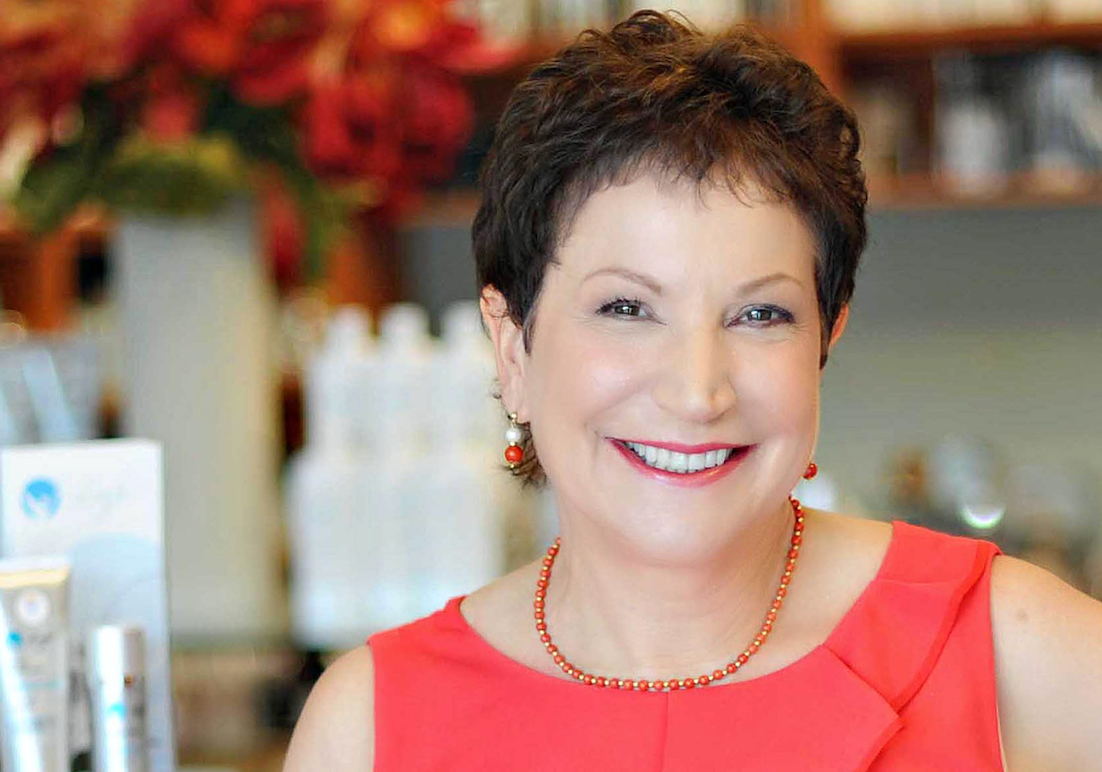- Acne
- Actinic Keratosis
- Aesthetics
- Alopecia
- Atopic Dermatitis
- Buy-and-Bill
- COVID-19
- Case-Based Roundtable
- Chronic Hand Eczema
- Drug Watch
- Eczema
- General Dermatology
- Hidradenitis Suppurativa
- Melasma
- NP and PA
- Pediatric Dermatology
- Pigmentary Disorders
- Practice Management
- Precision Medicine and Biologics
- Prurigo Nodularis
- Psoriasis
- Psoriatic Arthritis
- Rare Disease
- Rosacea
- Skin Cancer
- Vitiligo
- Wound Care
Publication
Article
Dermatology Times
Regenerative Skin Care Realities
Author(s):
Experts evaluate efficacy and safety of regenerative skin care products.
Skin care companies are marketing regenerative topicals featuring stem cells, exosomes, and platelet-rich plasma (PRP).
But do they work? And is it safe to use stem cells, exosomes, and PRP in skin care?
Dermatology Times® and its sister publication, Aesthetic Authority®, asked experts in the regenerative skin care space for answers.
“There are no products that contain stem cells in over-the-counter skin care,” said Amy Forman Taub, MD, FAAD, founder and medical director of Advanced Dermatology in Lincolnshire, Illinois. “There are companies that have cultured media [extracted growth factors] from these cells, but these products have not been proven to be more effective than what we currently have from cultured media, ie, growth factor products from prenatal or perinatal tissue.”
The use of stem cells in skin care has taken a decade to evolve after early issues with stem cell sources, such as embryonic vs adult stem cells, and the requisite clinical studies to demonstrate consistent efficacy, according to Lawrence A. Rheins, PhD, chief scientific officer at Aesthetics Biomedical in Phoenix, Arizona, creator of SoME skin care.
“A few years ago, there was interest in using botanical stem cells for skin care products. Frankly, I do not understand how that would work,” Rheins said. “Those stem cells are not going to get into the skin. [Plus], how physiologically relevant are botanical stem cells [to] human skin? Adipose adult stem cells are finding a significant growing role in aesthetic medicine including facial rejuvenation.”
According to Taub, exosomes are noncellular and may be able to lyophilize, but research is in the early phases. In other research, Mayo Clinic investigators reported in Science Daily that purified exosomal product, known as PEP, an off-the-shelf, room-temperature-stable exosome, can heal wounds that do not have adequate blood supply in single exosome application.1
Safety concerns are a hurdle for stem cells and exosomes in skin care. The FDA regulates products containing stem cells and exosomes.2 Although exosome-containing products are available in the marketplace, some companies that make them have received FDA warning letters, according to Rheins. These FDA safety concerns could limit the commercial potential of exosome-containing skin care topicals for the near term, he said.
PRP Opens the Regenerative Door
The use of a patient’s own PRP growth factors in personalized skin care has gained rapid momentum in recent years as clinical science has shown its safety and efficacy, according to Rheins.
SoME, which features patients’ autologous PRP in a serum mixture for topical application, is proven to be stable and able to keep growth factors alive.
Autologous PRP is safe, according to Taub.
"[SoME] is stable for 3 months, if refrigerated,” Taub said. “PRP is great for healing, so this could afford some correction of damage, but this does require drawing your patient’s blood and spinning it down to extract the PRP.”
According to Rheins, SoME took a different approach in product development.
“We are not taking stem cells. We are not taking synthetic exosomes. We are using the body’s own autologous physiological growth factors,” he said. “Consumers want personalized and more individualized skin care products. There is nothing more individualized or personalized than your own growth factors.”
Aesthetics Biomedical has patented a way of preserving platelet function for more than 90 days in SoME products, Rheins said.
After centrifuging a patient’s blood, the physician drops 3 mL of the patient’s PRP into the prepared SoME serum bottles. The patient takes the 3 bottles home in a supplied mini refrigerator and uses the product twice daily for the next 90 days.
“It’s the unique physiological electrolyte base formula of 23 ingredients that provides us with the opportunity to keep the platelets stable,” Rheins said. “The change in temperature, going from the small refrigerator to air temperature to skin temperature, causes platelet activation, and the granules inside the platelets begin to degranulate to release hundreds of the growth factors including exosomes… which are small enough to get into the skin. The patient puts the bottle back in the fridge and the platelets basically go back into a senescent state.”
Scientific journals published 2 studies on SoME in recent years. Investigators of the first study, published in 2019 in Journal of Cosmetic Dermatology, studied 20 female and male participants aged 30 to 60 years in a single-site, investigator-blinded, vehicle-controlled, split-face study to look at the effect of serum containing PRP vs the serum alone on facial photoaging. Study results showed the serum contained stable PRP for 90 days, and PRP-treated facial skin biopsies showed improvement in skin architecture and upregulation for collagen type I with concomitant upregulation of mRNA for collagen after 8 weeks of topical use.3
In the second study, which was published in 2020 in Journal of Drugs in Dermatology, investigators reported that platelets remained viable for up to 120 days in a refrigerated cosmetic base serum vehicle. The product demonstrated clinical, histological, light, and scanning electron microscopy end points to demonstrate a mechanism of action leading to PRP facial benefits. PRP kits of 20 mL and 60 mL volumes for topical PRP were shown to be equally efficacious.4
Aesthetic providers typically use SoME alone for facial rejuvenation to improve the appearance of fine lines, sun damage, hyperpigmentation, and sallowness. However, professional aesthetic practices are increasingly using SoME for posttreatment care following radiofrequency microneedling or other invasive devices, including various lasers, to assist in the healing process, according to Rheins.
“SoME has been on the market for 2 years and no one has complained of any irritant or allergic reactions,” he said. “The physiological electrolytes of SoME provide additional product safety.”
Vivian Bucay, MD, FAAD, founder and president of Bucay Center for Dermatology and Aesthetics in San Antonio, Texas, discussed the evolution of topical growth factors using SoME skin care.5
According to Bucay, dermatologists and other aesthetic physicians are using PRP for several indications, so integrating the PRP process into skin care is seamless for many. Whereas some patients come in specifically to get their blood drawn and spun for SoME skin care, others may come in for PRP injections for hair growth or to be used post–laser resurfacing, she said.
“The real innovation [in the case of SoME] is this serum actually keeps the platelets stable for 90 days,” Bucay said. “I use it. I still believe in using topical antioxidants. I still use a retinol in the evenings. I use a sunscreen. This is adding something else to [skin rejuvenation], and it is super well-tolerated.”
SoME, according to Bucay, represents the trend toward personalized skin care, which has become increasingly more accessible over the years.
However, it is not yet mainstream, according to Taub, who coauthored the 2018 review “Stem Cells in Dermatology and Anti-aging Care of the Skin.”6
“It seems cumbersome to utilize the tissues of our own bodies for skin care products because the extraction process is difficult. There is the need to extract fat, bone marrow, or blood,” Taub said. “Until those processes become easier, it’s unlikely for those to be mainstream skin care products.”
Taub said she believes the future revolves around understanding regenerative processes in the skin. Currently the most advanced products that use a messenger to stimulate dormant stem cells to action in patients’ skin is DefenAge [Progenitor Biologics], which utilizes proprietary defensins.
“In the future I do think we will be able to synthesize specific growth factors in the correct amount and mixture that will do more than mimic healing. Exosomes are promising, as these are small packets of acellular signaling proteins and could be developed for antiaging. And, yes, we need to make sure that these products do not also stimulate carcinogenic cells,” Taub said.
References:
1. Preclinical discovery triggers wound healing, skin regeneration. News release. Mayo Clinic. April 28, 2021. Accessed May 13, 2021. https://www.sciencedaily.com/releases/2021/04/210428132936.htm
2. Consumer alert on regenerative medicine products including stem cells and exosomes. FDA. July 22, 2020. Accessed May 13, 2021. https://www.fda.gov/vaccines-blood-biologics/consumers-biologics/consumer-alert-regenerative-medicine-products-including-stem-cells-and-exosomes
3. Draelos ZD, Rheins LA, Wootten S, Kellar RS, Diller RB. Pilot study: autologous platelet-rich plasma used in a topical cream for facial rejuvenation. J Cosmet Dermatol. 2019;18(5):1348-1352. doi:10.1111/jocd.13088
4. Wooten S, Draelos ZD, Kellar RS, Rheins L. The role of platelet homeostasis in a novel topical PRP formulation. J Drugs Dermatol. 2020;19(12):1215-1218. doi:10.36849/JDD.2020.5495
5. PRP topical skin care. Aesthetic Authority. May 3, 2021. Accessed May 13, 2021. https://www.aestheticauthority.com/view/prp-topical-skin-care
6. Taub AF, Pham K. Stem cells in dermatology and anti-aging care of the skin. Facial Plast Surg Clin North Am. 2018;26(4):425-437. doi:10.1016/j.fsc.2018.06.004

Newsletter
Like what you’re reading? Subscribe to Dermatology Times for weekly updates on therapies, innovations, and real-world practice tips.





























